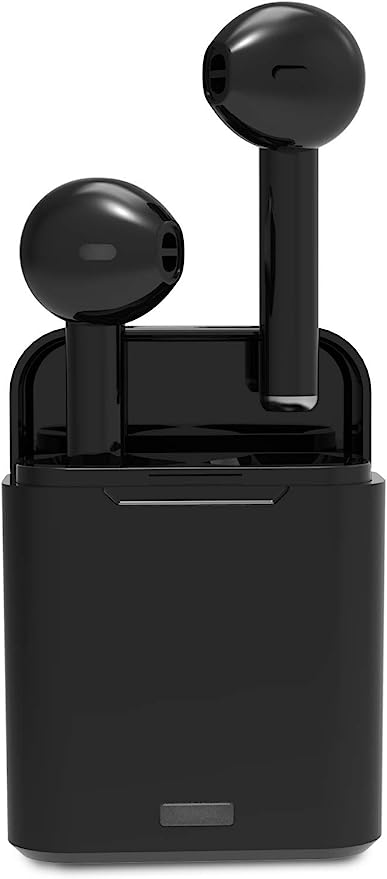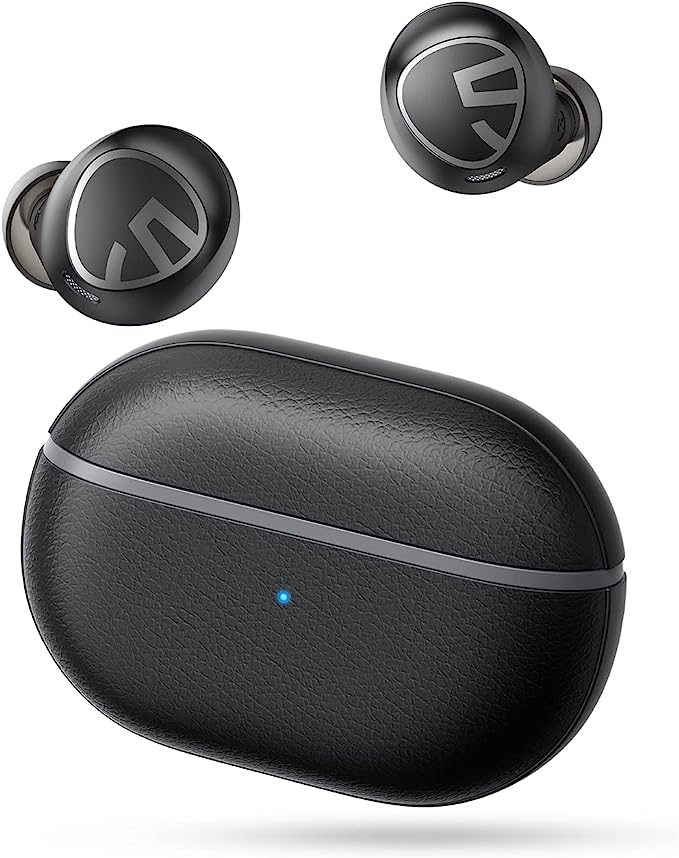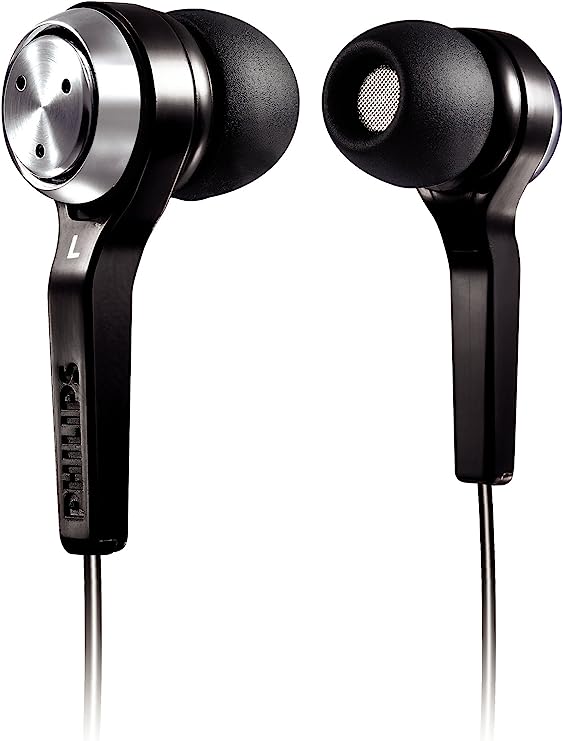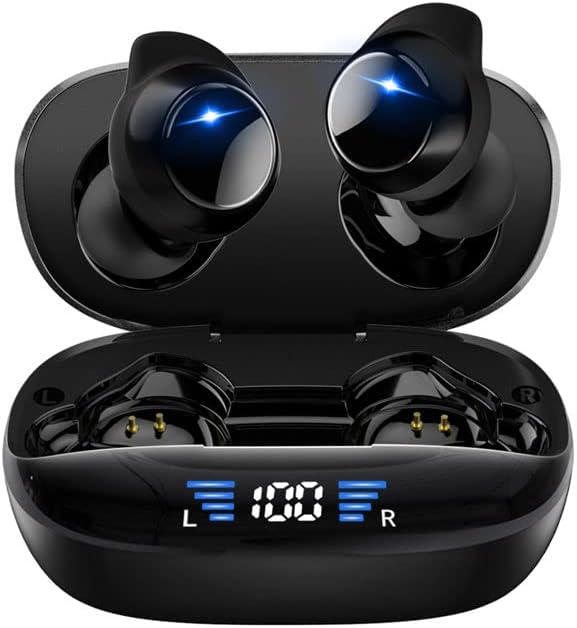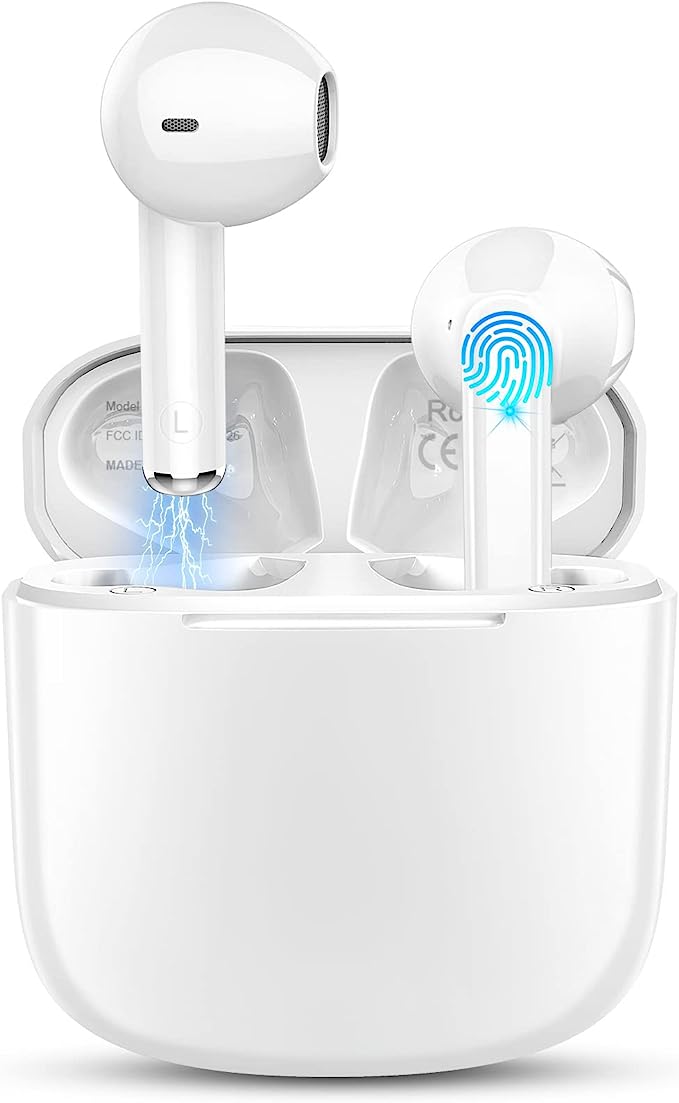The Quiet Revolution: Why Well-Designed Air Conditioners Are Worth It
Update on Oct. 7, 2025, 1:44 p.m.
For decades, the window air conditioner has been the uninvited, ugly tenant in our homes. A hulking, beige box of compromise, it hangs from our windows as a necessary evil, loudly proclaiming its mechanical indifference to our carefully curated living spaces. We’ve tolerated its jet-engine roar that drowns out conversations, its clumsy buttons from a bygone era, and its sheer aesthetic offense that clashes with every piece of furniture we’ve thoughtfully chosen. We accepted this reality because the alternative—a sweltering summer apartment—was worse. But this acceptance has quietly lowered our standards, leading us to a critical question: why have we demanded so little from a machine that occupies such a prominent space in our daily lives?
What if an air conditioner could be more than just a brute-force cooling machine? What if it could be a quiet collaborator in our comfort, a seamless part of our home’s design, and a testament to the idea that functional objects can, and should, be beautiful? This isn’t a hypothetical. A quiet revolution is underway, led by a new generation of appliances designed with the human experience at their core. And a prime exhibit in this movement is the Windmill AC, a device that prompts us to reconsider not just how we cool our rooms, but what we should expect from the objects we live with every day.
The Anatomy of a Thoughtful Machine
To understand why this shift matters, we need to look beyond the Windmill’s calm exterior and dissect the machine piece by piece. It’s in the careful consideration of each element that we find the true meaning of “good design”—a philosophy where aesthetics and function are not competing priorities, but two sides of the same coin. Let’s start with its most obvious feature: its skin.
Where traditional units are a chaotic assembly of vents, seams, and oversized logos, the Windmill presents a clean, minimalist face to the world. Its soft, curved edges and unblemished perforated front panel are a deliberate statement against visual noise. This isn’t merely about looking “nice.” In design philosophy, there’s a growing movement beyond “form follows function” towards “form follows emotion.” The visual tranquility of the device contributes to the actual tranquility of the room. It doesn’t demand attention; it politely recedes, allowing your home to feel like a sanctuary, not a machine shop. It’s an appliance that understands the value of silence, both audible and visual.
Moving inward, we find its lungs: a dual-filter system combining a standard antimicrobial mesh with an activated carbon filter. For city dwellers, this is a significant feature. The activated carbon is adept at trapping volatile organic compounds (VOCs), odors, and fumes that drift in from bustling streets. It’s a subtle acknowledgment that modern comfort isn’t just about temperature, but about the quality of the air we breathe. The machine is not just cooling the air; it’s cleaning it, providing a small pocket of refuge from urban pollution.
Then there is its voice. The Achilles’ heel of almost every window AC is its noise. The Windmill tackles this head-on. While it may not be the absolute quietest model on the market—inverter units like the Midea U-Shaped AC can dip to an astonishingly low 32 decibels—the Windmill operates at a level that represents a monumental leap from the old guard. User tests and reviews place its sound levels on lower settings around 49-53 decibels. To put that in context, a normal conversation is about 60dB, while a quiet library is around 40dB. This means it hums at a level closer to a modern refrigerator than a rumbling engine, allowing you to watch a movie or take a call without constantly reaching for the volume remote. This commitment to a peaceful environment extends to the smallest details, like the auto-dimming LED display that fades to black after 60 seconds, eliminating the intrusive blue glow that can disrupt sleep.
Finally, we have the brain. The Windmill is a smart device, controllable via a clean, intuitive app or through voice assistants like Alexa and Google Home. But again, the value isn’t in the technology itself, but in how it serves the user. The ability to turn the AC on during your commute home means you arrive to a cool apartment without wasting energy all day. The scheduling function helps you automate your comfort. It’s technology that serves, not complicates. While some users have reported occasional bugs with the app’s automation schedules—a reminder that software is an ongoing project—the core experience is one of effortless control.

The Great Debate: A “Design Tax” or a Worthwhile Investment?
A beautiful skin, clean lungs, a quiet voice, and a sharp brain—the case for its thoughtful design is strong. But this level of consideration comes at a cost, with a price tag higher than many traditional units. This leads to the crucial question: Is it truly worth it, or are you just paying a “design tax”?
To dismiss the premium as a mere tax on aesthetics is to fundamentally misunderstand the nature of value. If your sole criterion is cooling BTUs per dollar, then no, the Windmill is likely not your champion. A cheaper, uglier box can also make a room cold. But that is a one-dimensional view of function. The “function” of an object in our home is not just its primary mechanical task; it’s also how it affects our senses, our mood, and our stress levels.
The decision is akin to choosing between a standard-issue office chair and an ergonomic one. Both let you sit, but one contributes to your long-term well-being while the other may slowly cause discomfort. The noise from a loud AC is a constant, low-level stressor. The visual clutter is a daily distraction. The frustration of a clunky interface is a small but recurring annoyance. The Windmill’s value proposition is the absence of these negatives. You are paying for peace, quiet, and a more pleasant visual environment. As one user aptly put it, the app is a “game-changer,” and they were “blown away by how quiet it is.” They were paying for a better quality of life.

Reclaiming Your Space, One Thoughtful Object at a Time
The Windmill AC is more than an air conditioner; it’s a compelling argument. It argues that we should expect more from the machines we invite into our homes. It argues that good design is not a luxury, but a core component of good functionality. It proves that we don’t have to accept the ugly, noisy compromises of the past.

Ultimately, whether this specific product is right for you depends on your personal values. It requires a conscious decision to prioritize user experience and aesthetic harmony alongside mechanical performance. But the larger movement it represents is undeniable. As our homes become more integrated with technology, the demand for devices that are not just smart, but also considerate, will only grow. It’s about reclaiming our living spaces from a purely utilitarian mindset and filling them, one thoughtful object at a time, with things that not only work well, but also bring us a small measure of joy.







